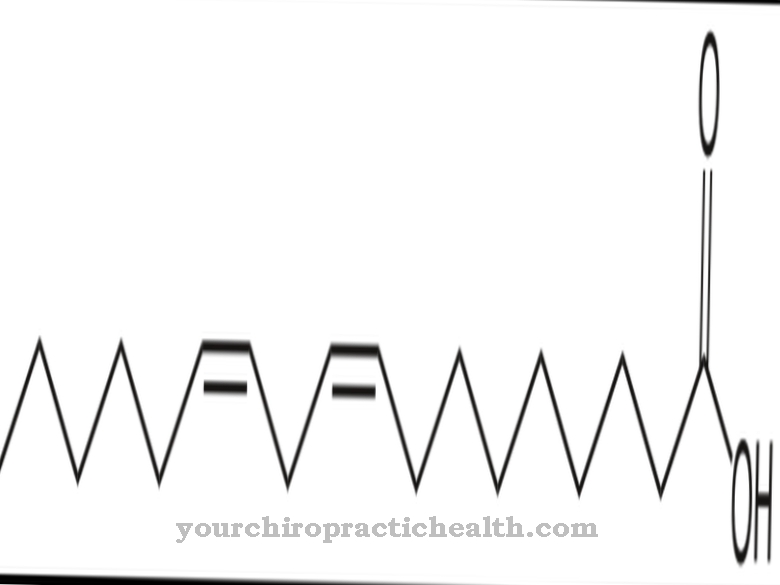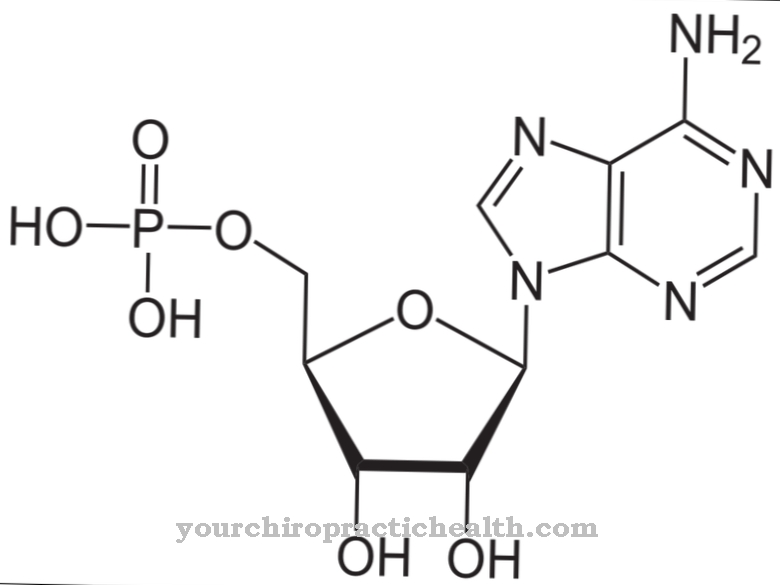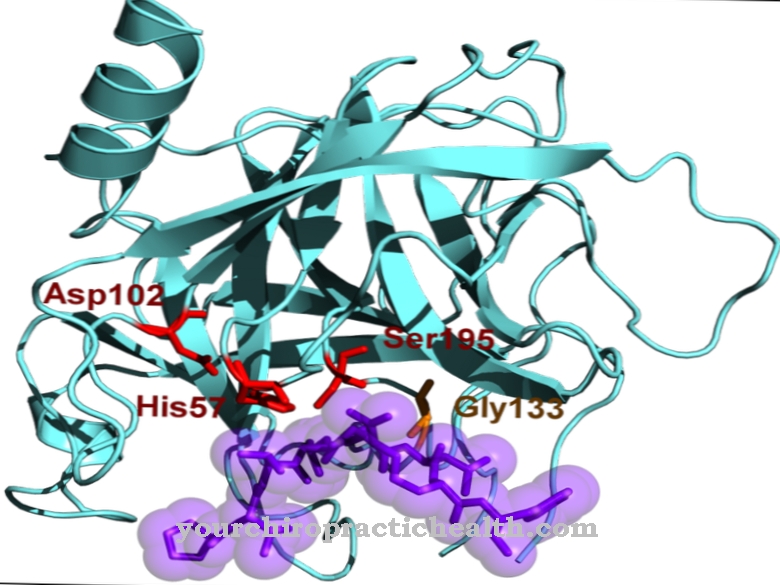Egg white with its amino acids next to water is the most important building block for our body cells. Our food also consists of protein and is therefore an important supplier of the protein supply that is essential for the body.
What are amino acids?
amino acids are, in short, components of egg white (protein). There are a total of 20 different amino acids. Depending on the composition and order in which they are linked, they form different proteins.
This is also known as the “sequence” or “primary structure” of the amino acids. It is genetically predefined and therefore characteristic of the respective protein. Of the 20 amino acids, 9 are so-called essential amino acids. This means that they cannot be produced by the body itself and must therefore be ingested through food.
These are the amino acids (in alphabetical order) histidine, isoleucine, leucine, lysine, methionine, phenylalanine, threonine, tryptophan and valine. The rest can be produced by the body with the help of food and are called non-essential amino acids.
Medical & health functions, tasks & meanings
If you consider that the essential amino acids must be taken in with food, the importance of these protein components for health quickly becomes clear.
If even one of these amino acids is missing, the body can no longer perform its tasks. Cell growth, especially of bones, muscles, skin and hair and the restoration of tissue would no longer be possible. In addition, protein - and thus the amino acids - is also involved in many metabolic processes in the body. These include the build-up of hormones, antibodies and enzymes.
Minerals and trace elements such as zinc, iron and copper are also better absorbed by the body through the simultaneous supply of certain amino acids. Protein is also needed to transport nutrients, water and oxygen through the body. If there is still an excess of protein after all these tasks have been performed, it is used to generate energy. In the event of an incorrect supply of amino acids, negative consequences would immediately be felt for all body functions.
The amount of an optimal supply of amino acids is discussed. The common recommendation is that around 10-15% of the daily calorie intake should be covered by protein (D-A-CH reference value). Small children and the elderly are very likely to have higher needs. Even in the event of illness (in the case of severe infections, after operations and generally during convalescence), the need can change: The amino acids arginine, cysteine and tyrosine then become so-called semi-essential amino acids, which should be supplied in a targeted manner.
Animal foods have a relatively balanced ratio of amino acids that can be easily metabolized. Plant-based foods are particularly valuable because the essential amino acids can complement each other very well. A balanced mixed diet ensures that all 9 essential amino acids are absorbed through the intestine at the same time and that the desired supplementary effect is achieved.
Illnesses, ailments & disorders
Apply in medicine amino acids for various diseases and for prevention now as a good alternative to conventional pharmacological drugs.
Studies show positive effects on diabetes, osteoporosis, lipid metabolism disorders, heart disease (heart attack) and potency problems. If the immune system is weak, the amino acids arginine, glutamine, lysine, taurine and methiosine, for example, play a health-promoting role. Arginine also supports arteriosclerosis therapy and is considered an effective natural sexual enhancer. The amino acid tryptophan is approved for the treatment of sleep disorders.
Since it also influences the formation of serotonin, the "happiness hormone", it is also used for depressive moods and mood swings. Histidine is used in rheumatism therapy when a low level of this amino acid is detected. Amino acids are also used in the form of dietary supplements in the field of anti-aging. Athletes appreciate the muscle-building effects of special preparations with amino acids.
The use of food supplements with amino acids should by no means be uncontrolled, even if these products are over the counter. As with anything that has a good effect, side effects and interactions can also occur here. Long-term use of L-tryptophan, for example, interferes with dopamine metabolism and the amino acid can react with certain painkillers. Consultation with an experienced doctor is therefore always recommended.
You can find your medication here
➔ Medicines for muscle weakness
























.jpg)



